Enterprise Yard Operations as a Strategy for Food Shippers
by Bart De Muynck, Industry Analyst, YMX Logistics | Sponsored Content, on May 9, 2025 10:20:59 AM

How enterprise yard operations became the silent bottleneck in your supply chain, costing you OTIF and customers.
In the high-stakes world of modern supply chains, every second and every percentage point matters. Companies spend millions on transportation tech, predictive analytics, and AI-powered warehouse solutions, yet one critical node in the network remains frustratingly outdated and inefficient: yard operations.
Often viewed as a tactical necessity rather than a strategic function, trailer yards are proving to be one of the last major bottlenecks in supply chains. Their inefficiencies ripple far beyond their gates, slowing throughput, driving up costs, and damaging the holy grail of logistics metrics: On-Time In-Full (OTIF) delivery. And despite growing investments in Yard Management Systems (YMS), the issue isn’t getting solved by technology alone.
Why the Yard Still Lags Behind
Yards are chaotic by nature. They serve as the transitional space between transportation and warehouse operations where trailers wait, shuffle, load, unload, or simply disappear for hours (sometimes days). What makes them particularly problematic is their invisibility. Unlike warehouses or delivery trucks, yard activity is rarely optimized in real-time. Most companies measure KPIs in the warehouse and in transportation, but have no yard metrics to rely on. The yard operates in the dark.
This is partly because of how companies have historically treated yard operations: they’re often outsourced to vendors who push labor and equipment without accountability or integration into broader supply chain performance metrics. A shocking 90% of yards still operate without dedicated yard technology, relying instead on clipboards, radios, or siloed point solutions that offer limited visibility.
Even when technology is implemented, it frequently fails to deliver ROI because it’s applied in isolation. Yard inefficiencies aren’t just tech problems; they are system problems.
The Real Cost of Yard Inefficiencies
While yard operations may represent less than 10% of warehousing costs, the cost of failure is exponentially higher. According to recent analysis, yard inefficiencies can inflate logistics costs by 10–20% and reduce OTIF by 5–15%. For a mid-sized supply chain company with $500 million in annual revenue, this equates to $4–12 million in avoidable logistics costs—driven directly by underperforming yards.
Here’s where those losses pile up:
- Driver Wait Times: Trailers spend nearly 80% of a typical three-day shipment cycle sitting idle, often due to poor visibility or mismanagement. A 2.5-hour delay adds $50–100 in cost per trailer. Multiply that across 1,000 monthly shipments and you’re looking at $1 million a year—just in wait time.
- Missed OTIF Targets: Late or misplaced trailers lead to missed delivery windows, incurring penalties and straining retailer relationships. Industry leaders in the grocery space now issue chargebacks for OTIF failures, amounting to billions in collective penalties annually.
- Throughput Bottlenecks: Congestion and poor trailer coordination disrupt warehouse flow. Delays in staging trailers cause cascading dock delays, reducing throughput by 20–30%.
- Spoilage and Lost Sales: In 2024, a national grocer lost $500,000 in spoiled produce due to delayed trailer unloading. A tech firm missed $2 million in pre-orders due to yard errors during a product launch.
Technology Alone Isn’t the Answer
With good reason, many companies have turned to YMS platforms and IoT devices to regain control of the yard. While these tools offer visibility and optimization, they often fall short when deployed without the right people, processes, and accountability structures.
Why? Because most current yard tech only solves for site-level efficiency, not network-wide coordination. They might help a facility know where a trailer is, but they don’t optimize spotting, shuttling, dock alignment, or labor utilization across multiple sites. And they can’t fix problems rooted in poor vendor performance, labor shortages, or organizational misalignment.
A Strategic Liability Hidden in Plain Sight
Yards sit at the crossroads of transportation, warehouse, labor, and real estate. They influence everything from service levels to sustainability goals. Yet, they remain among the most chaotic and under-managed parts of the supply chain.
This misalignment creates friction across operations: inconsistent service, mounting costs, safety issues, and a lack of performance accountability. Executives calling for transparency and efficiency across their networks are often stymied by disconnected yard operations that don’t speak the same language or any at all.
The Path Forward: Operate the Yard Like a System
To move beyond this bottleneck, forward-thinking shippers are reimagining the yard as an integrated logistics function, not a forgotten parking lot. That means:
- Unified Operating Models: Consolidating labor, assets, tech, and performance management in one fully integrated yard logistics platform.
- Expertise: Yard processes managed by an experienced provider to optimize across cost, service, efficiency, and strategic alignment.
- Network Visibility: Real-time insights into trailer status, yard dwell times, and labor productivity—across all facilities.
- Accountability and KPIs: Holding vendors and teams to shared metrics that tie directly to OTIF and customer satisfaction.
- Process-Driven Change: Aligning yard workflows with warehouse and transportation goals, not as afterthoughts.
Final Thought: Your Yards are Talking—Are You Listening?
As supply chains evolve to meet rising service expectations and sustainability mandates, the yard can no longer be ignored. It’s not just an internal cost center, it’s a customer experience engine. And when it breaks down, it doesn’t just slow your operation, it sends shockwaves all the way to the shelf or doorstep.
For those still treating yard inefficiency as "just the cost of doing business," it’s time for a strategic rethink. Because in 2025, OTIF is everything and the yard might be the one thing standing in its way.
For more information, visit the YMX Logistics website.
Like this kind of content? Subscribe to our "Food For Thought" eNewsletter!
Now more than ever, professionals consume info on the go. Distributed twice monthly, our "Food For Thought" e-newsletter allows readers to stay informed about timely and relevant industry topics and FSA news whether they're in the office or on the road. Topics range from capacity, rates and supply chain disruption to multimodal transportation strategy, leveraging technology, and talent management and retention. Learn More



